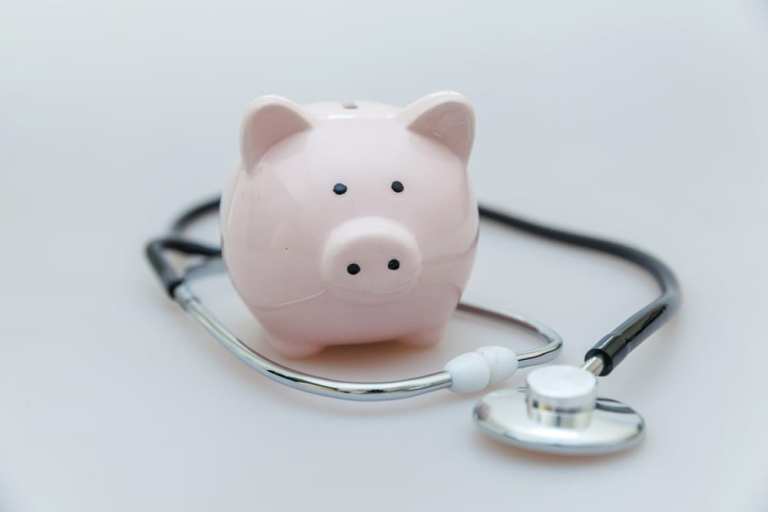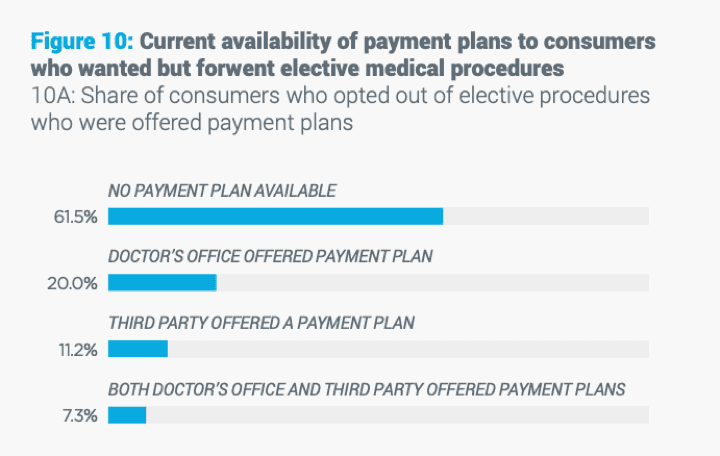
Consumers are increasingly responsible for out-of-pocket healthcare costs — even with insurance. Some opt for payment plans when available; others just don’t pay their bills.
Mounting debt has resulted in hospitals resorting to aggressive tactics to collect unpaid bills, including lawsuits and garnishing of wages. In Virginia, 36 percent of hospitals sued patients and garnished their wages in 2017, according to a study published this week in the American Medical Association’s journal, JAMA.
Patients going into debt for medical treatment has been an unintended side effect of 2010’s passage the Affordable Care Act (ACA). The ACA made healthcare more accessible to the uninsured but at the same time some health insurance companies began offering high-deductible plans, resulting in an increase in out-of-pocket expenses patients were required to pay.
The annual value of patients’ out-of-pocket medical expenses is estimated at $63.7 billion. Of that amount, roughly $7.5 billion goes unpaid each year, according to PYMNTS’ The Changing Landscape of Healthcare Payment Plans. Patients are now on responsible for about 30 percent of the cost of medical treatment, and hospitals collect only about 30 percent of that amount.
In the study, nearly half (46.1 percent) of the consumers surveyed had to pay out-of-pocket medical bills. Of those, 39.9 percent paid the co-pay at the time of service and the remainder when the invoice was received. Roughly one-quarter (26.6 percent) paid the entire bill at the time of treatment, while 16.3 percent used a payment plan provided by the hospital for at least a portion of the cost. Notably, only about 7 percent of those surveyed said they had not paid their medical bills and/or had no intention of paying those bills.

The low number of those who didn’t and don’t plan to pay combined with the 20.8 percent using a payment plan of some sort is good news for providers. John Talaga, CEO of Flywire’s OnPlan Health (now Flywire Health), told PYMNTS in an interview that shows “consumers are more closely aligned with hospitals than providers might think.”
No surprise, cost has everything to do with how promptly a patient pays their bills and whether or not they might use a payment plan. A majority (55.7 percent) of patients who were charged $50 or less immediately paid a portion of the balance and then paid the remaining balance upon receiving their invoices. One-quarter of patients with bills greater than $1,000 reported using a payment plan to pay a portion.
While some hospitals have been going to great lengths to get patients to pay up, offering payment plans isn’t widespread. Of the 46.1 percent of patients who checked into a hospital for treatment, just under half (44.4 percent) used payment plans to take care of their expenses.
The study found that payment plans aren’t just good for patients, they increase the likelihood of paying bills in full and on schedule. Three-fourths who used payment plans expected to complete payments on schedule. Though the higher the amount owed, there was a greater possibility of stopping payment.

Elective procedures are a slightly different animal, but according to the How Consumers Pay For Elective Medical Procedures Report, payment plans can affect whether or not a consumer will have a procedure done; 9 percent of consumers who considered elective care but opted out because they could not afford it.
Elective procedures often aren’t covered by insurance, so payment plans can have greater impact on opting out or not compared to covered hospital expenses. Most (61.5 percent) medical facilities that provided elective procedures did not offer payment plans. One-in-five doctor’s offices did offer a payment plan while 11.2 percent of payment plans were offered by a third party.

According to The Changing Landscape of Healthcare Payment Plans,payment plans for all medical treatments could quickly become more mainstream. Just 44.4 percent of respondents currently use them, but nearly 90 percent are willing to try them in the future. This means current payment plan usage is on track to double.
Payment plans also have an effect on patients’ willingness to pay in full. More than one-fifth (21.9 percent) said they would be much more likely to pay using a payment plan.